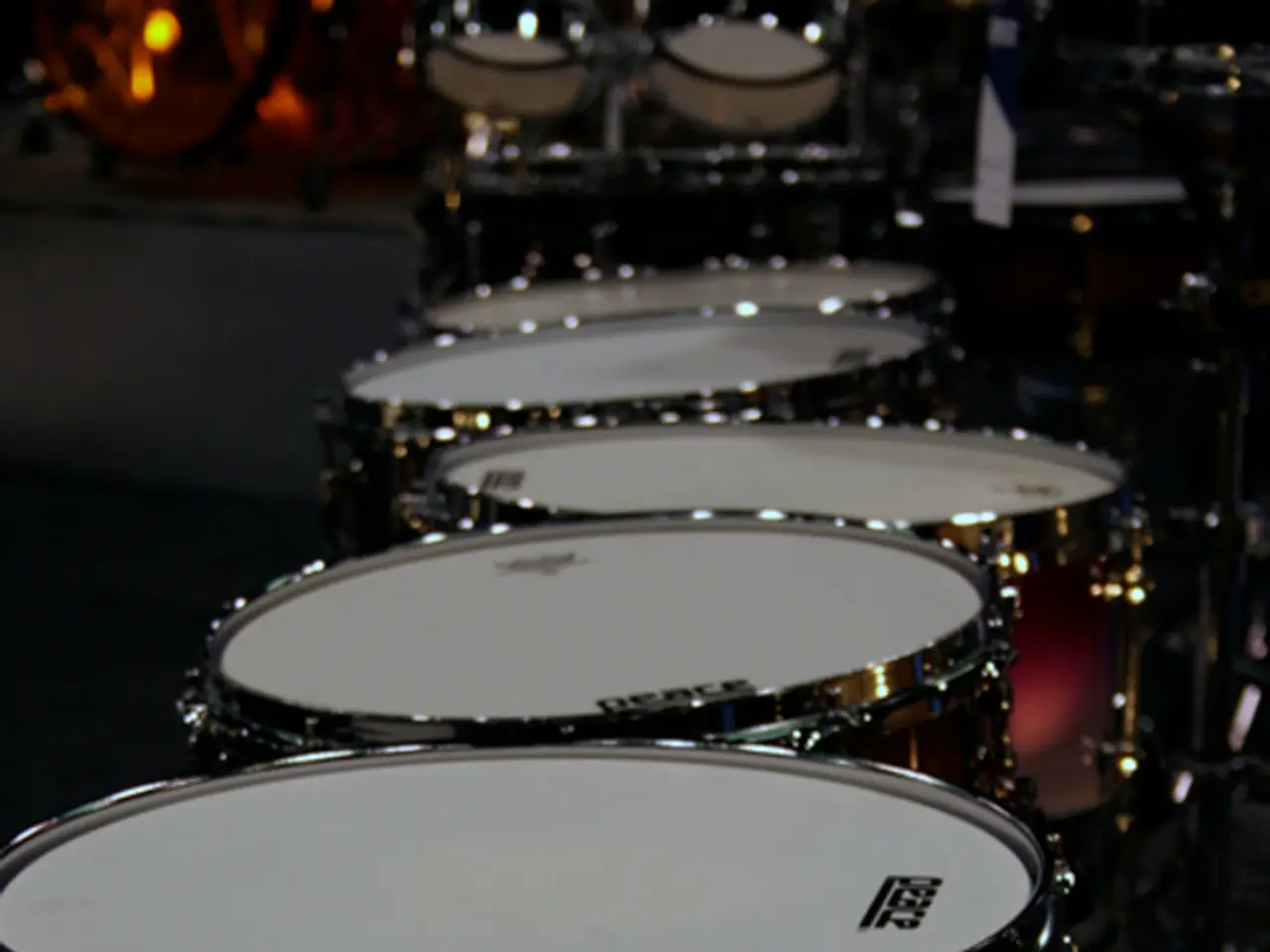Rising temperatures necessitate a reevaluation of cooling strategies
In the tropical city-state of Singapore, the combination of soaring temperatures and high humidity poses significant challenges to its residents, economy, and infrastructure. According to research conducted by the Yong Loo Lin School of Medicine, companies in Singapore lose approximately S$21 per worker per hot day due to a decline in productivity [1]. The economic losses due to heat in Singapore can be substantial, with the frequency of blistering summers expected to increase in the future [2].
To address these concerns, Singapore is implementing a comprehensive strategy to cope with extreme heat and high humidity. This approach encompasses urban design, technology innovation, policy measures, and public awareness.
Urban planning plays a crucial role in shielding pedestrians from direct sunlight. Enhancing urban planning by integrating sheltered walkways and abundant shading with trees helps reduce heat exposure throughout daily commutes [1]. Additionally, the provision of air-conditioned public spaces and "cooling pods" in parks and workplaces allows people to seek relief from heat during outdoor activities [1].
Technological innovations are also being developed to provide relief from the heat. These include heat-reflective roof coatings and cooling paints on buildings, which lower indoor temperatures without added energy use, helping to reduce dependency on air-conditioning [1]. Furthermore, the development and adoption of cooling clothing materials and wearable devices that cool the body directly show promise to provide relief with lower carbon footprints [1].
Policy measures are another essential component of Singapore's strategy. Enhancing energy efficiency, such as Singapore's Green Mark building standards, demand management, and investments in clean energy and cooling technologies, can help reduce emissions and stabilize climate impacts [1][3].
Public awareness is equally important. Staying hydrated and being vigilant for signs of heat stress are essential behavioral measures for individuals to reduce health risks during extreme heat waves [5].
Climate modeling by the Centre for Climate Research Singapore forecasts a rise in annual high heat stress days from the current 24 to between 87 and 142 by 2050 and 2100 under intermediate emission scenarios [2]. By 2100, daily maximum temperatures in Singapore may exceed 35 degrees Celsius for up to 351 days per year [2]. If current warming trends persist, annual economic losses by 2035 in Singapore may amount to S$2.2 billion due to reduced productivity caused by heat [2].
In conclusion, Singapore's coping strategies require integrated approaches involving urban design, technology innovation, policy measures, and public awareness to manage rising heat and humidity while maintaining health and productivity. This multifaceted adaptation framework is necessary given the projected multi-fold increase in heat stress days and associated economic challenges by 2100 [1][2][3].
Moreover, the future climate in Singapore may include extended periods of extreme heat, potentially leading to raging wildfires more frequently [2]. Therefore, Singapore's efforts to adapt to a hotter environment are not only crucial for its residents' well-being but also for its economic stability and environmental preservation.
References:
[1] National Climate Change Secretariat. (2019). Singapore's Second National Climate Change Study. Retrieved from https://www.climatechange.gov.sg/sites/default/files/documents/files/2019-01/Singapores-Second-National-Climate-Change-Study.pdf
[2] Centre for Climate Research Singapore. (2017). Singapore's Future Climate 2017. Retrieved from https://www.ccrs.sg/sites/default/files/documents/files/2017-06/Singapores-Future-Climate-2017.pdf
[3] National Environment Agency. (2018). Green Mark. Retrieved from https://www.nea.gov.sg/green-mark
[5] National Environment Agency. (2019). Heatwave Advisory. Retrieved from https://www.nea.gov.sg/what-we-do/climate-change/heatwave-advisory
- In the realm of environmental science and health-and-wellness, innovative cooling clothing materials and wearable devices are being developed to directly cool the body and provide relief with lower carbon footprints, addressing the challenges of extreme heat and high humidity in the workplace-wellness sector.
- The hub of science and research in Singapore, the Centre for Climate Research Singapore, issued a forecast on climate change, predicting a rise in annual high heat stress days from the current 24 to between 87 and 142 by 2050 and 2100 under intermediate emission scenarios, showcasing the significant impact of climate change on health and productivity in the region.
- Singapore's comprehensive strategy to cope with climate change includes policy measures in the realm of science, such as investments in clean energy and cooling technologies, energy efficiency measures like the Green Mark building standards, and demand management, all aimed at reducing emissions and stabilizing climate impacts for a healthier, more productive, and environmentally sustainable future.




